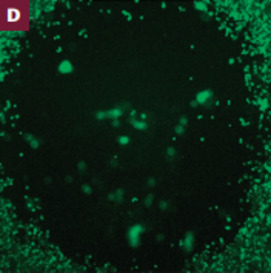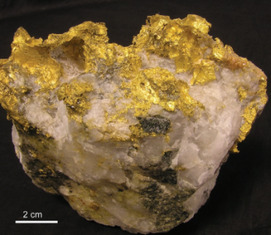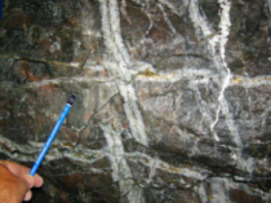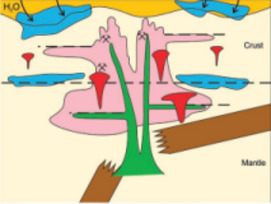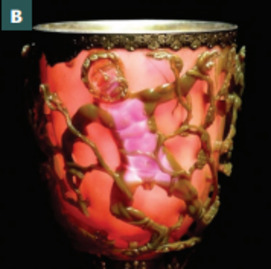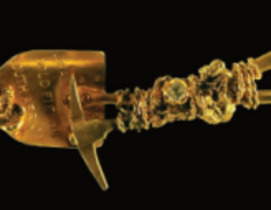Gold and Nanotechnology
The properties of gold change dramatically at the nanoscale. Gold nanoparticles and nanoporous gold have remarkable optical and catalytic properties, which are being investigated for applications in biomedicine and manufacturing. Using a variety of synthetic methods, the shape, size and properties of these materials can be optimized, making them a powerful platform for the development of new contrast agents for optical imaging of biological tissues, photothermal destruction of tumours and catalysis of various reactions.
Gold and Nanotechnology Read More »


